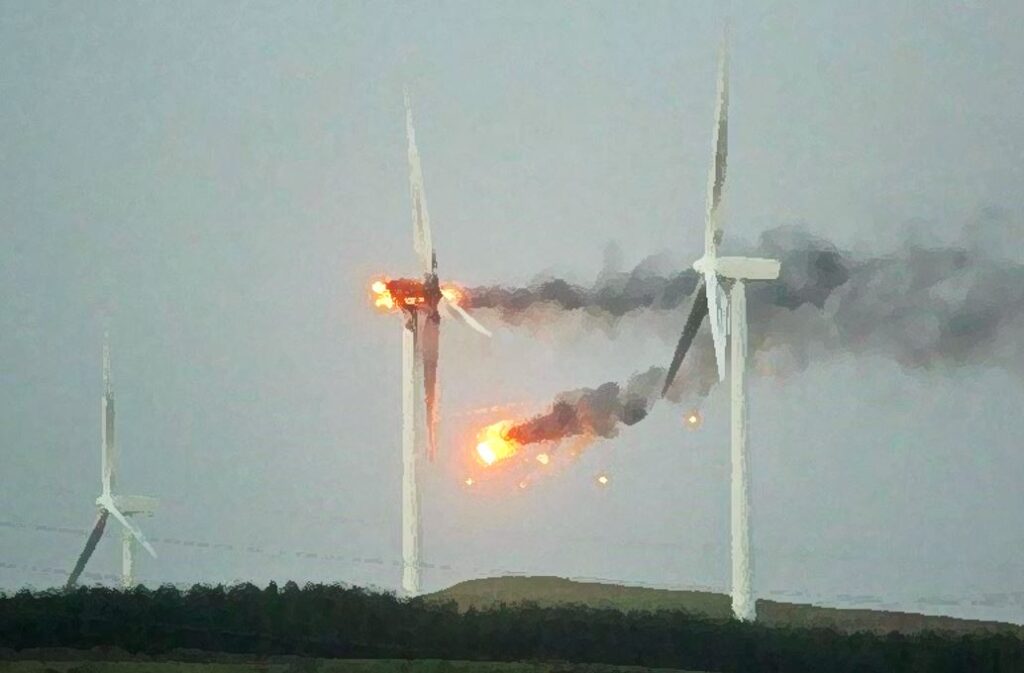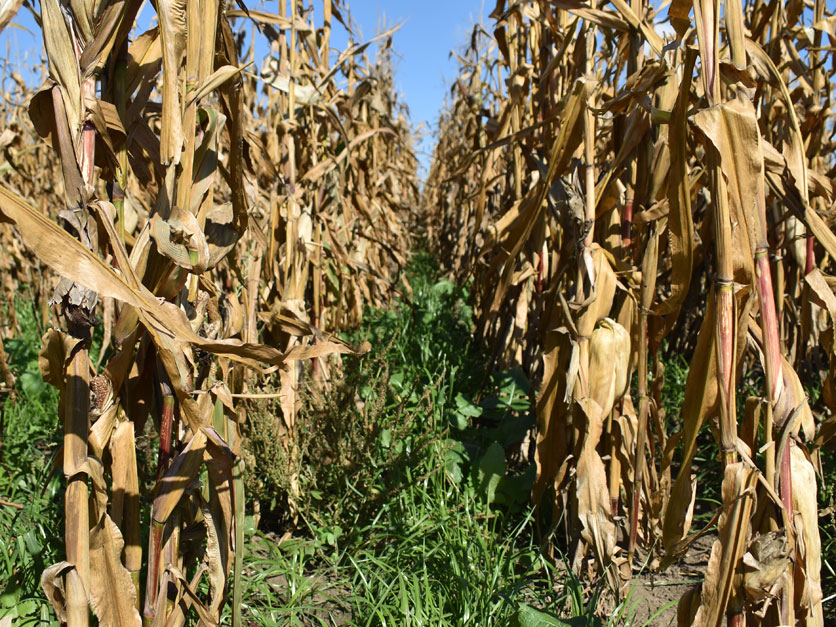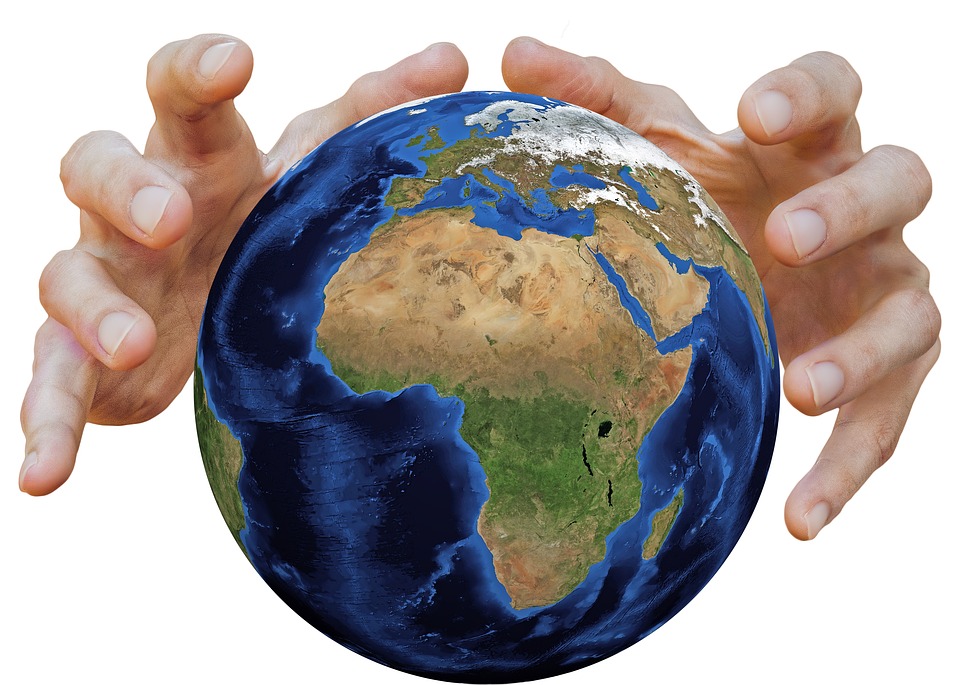Thinning Colorado forests to reduce fire danger also helps bees and flowers, research shows

William Allstetter
The Colorado Sun
A more-than-decadelong effort to thin Front Range forests to reduce fire danger has brought more bees, more flowers and increased resilience to climate change, new research shows.
The raw number and the diversity of bees and plants exploded a few years after ponderosa pine forests were restored to a “pre-European” state, researchers from Colorado State and Utah State universities found.
“We found that if you cut trees and open up the canopy, between three and 10 years later, you see a pretty good response,” said Seth Davis, associate professor of forest and rangeland stewardship at Colorado State University and co-author of a study recently published in “Ecological Applications.”
“Forest restoration and forest thinning is one of the ways that we can conserve our native communities.”
For thousands of years, natural fires have been an integral part of healthy forest ecosystems in the West. Small fires that clear out underbrush every five to 30 years as well as more devastating fires that can raze the forest to the ground every 50 to 100 or more years clear the way for new growth. Native Americans were known to set small fires to clear out undergrowth for better hunting and regeneration of valuable plants, but did not cause major changes in the ecosystem. Then, beginning in 1859, Euro-Americans flooded into Colorado seeking gold and silver.
“Suddenly, in a span of decades, the Colorado Rockies were engulfed by this new, highly unpredictable world of commodity capitalism, of smelters and railroad investment, of boomtowns and sudden busts, of landscape changes so fundamental that they dwarfed the modest human impacts made over the prior 10 centuries,” historical geographer William Wyckoff wrote in his book “Creating Colorado.”
Vast swaths of the Front Range forests were cleared to obtain wood for mining, construction and railroads. Extensive fires also surged across the landscape, fueled by accidental and intentional fires.
To combat the rampant and unregulated logging of these forests, the federal government in the early years of the 20th century created the White River, Pike, and Arapaho and Roosevelt national forests along the Front Range and high into the Rockies. At about the same time, firefighters began trying to suppress all fires.
As a result, over the past century, dense forests with thick undergrowth have grown up across the Front Range and the entire West. Many of the plants that thrived in the pre-European forests disappeared from the now shady forest floor. And with them went many of the animals that ate and pollinated them.
“You end up with a rather homogenous landscape that doesn’t have a lot of flowers in it,” Davis said. “You end up with a situation where you can’t have a lot of native bees there.”




